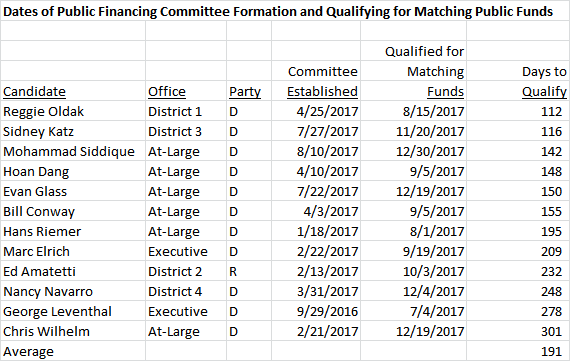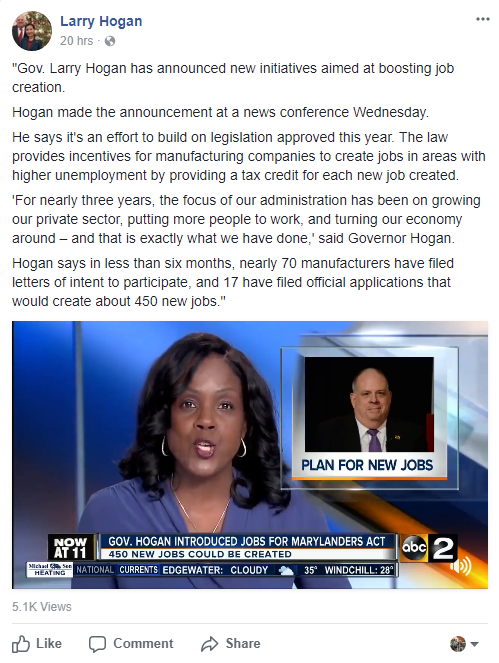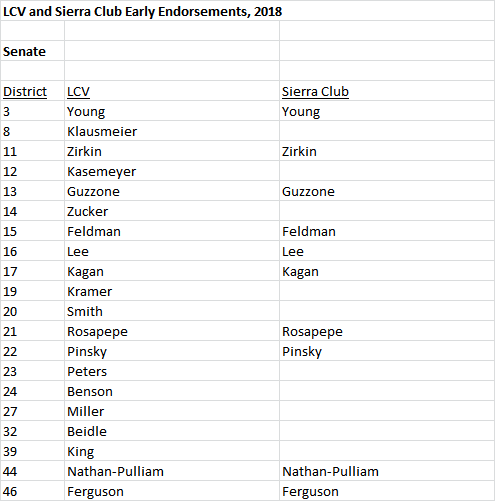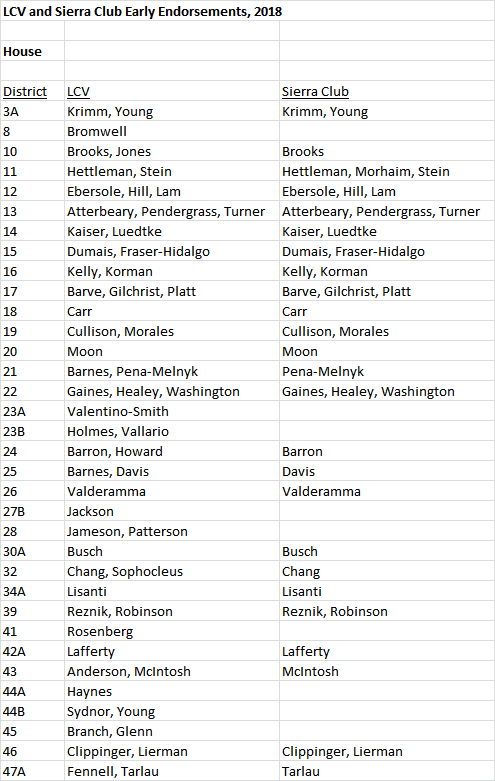By Adam Pagnucco.
What’s the worst part of campaigning for office? Well, there is a lot of work, but most of it is not inherently awful. You have to show up at a bunch of events, but that’s OK if you like bad food and flat soda. You have to talk to a bunch of self-important stuffed-shirts, but you eventually learn which ones have something to contribute and which ones should be avoided. (Hint: the ones who talk the most know the least.) Door knocking takes time, but you get to meet real live regular voters (and their vicious guard dogs). Here’s a bonus: 2002 District 18 House candidate Sam Statland once lost 45 pounds from door knocking. Fundraising bites, but that’s only the second-worst part of campaigning. The worst part is:
Filling out all the [expletive deleted] questionnaires!
This is a part of campaigning that no one on the outside ever sees. MoCo candidates are absolutely deluged with questionnaires from anyone and everyone. OK, new candidates, we know that you have not received many yet. But just wait! In the 2014 cycle, roughly fifty of them went out. There are sure to be more this time.
Now we are not questioning the legitimacy of questionnaires in general. Citizens and organizations have a right to know what candidates think and what they will do if they get elected. Endorsing organizations in particular should quiz candidates before supporting any of them. But many of these questionnaires are sent by groups with little or no membership, no distribution and no planned electoral activity of any kind. If you don’t distribute the completed questionnaires to anyone and will undertake no electoral activity as a result of what they say, why should you expect candidates to fill them out?
The best questionnaires are concise, focused and get straight to the point. For example, MCEA, SEIU and the Sierra Club usually ask fifteen questions or less (sometimes with sub-questions) that relate directly to their core interests. They do not ask about issues that are extraneous to their members. All three are important organizations whose endorsements carry weight. All candidates will want to fill these out.
And then there are the other ones. As a general rule, the weaker and the less relevant the group, the longer and more tedious its questionnaire will be. Each of them takes several hours to complete, time that would be better spent getting chased by vicious guard dogs. See that questionnaire with fifty questions on it? We guarantee that it will have zero impact on the election. Truly influential groups don’t care about fifty different things. They care about a few things that are really important to them because that’s what they are working on. Last time, one brand-new group sent out a list of 33 questions ranging from the best way to cook an omelet to the candidate’s favorite Pokemon character. (OK, maybe your author is exaggerating a little.) It took a whole afternoon to fill out. That group did nothing during the election and has never been heard from again!
Here’s how crazy this can get. Suppose you really hate Candidate X and want to mess with him. Tell him you represent a group called MoCo Residents United that has a hundred thousand dues-paying members. Then send him a questionnaire with 120 questions, each one with sub-questions a, b and c. X will go totally banana cakes. He will yell at his staff, “Who are these guys? I’ve never heard of them. How dare they send in 120 questions!” The staff will all agree, saying the group doesn’t exist and should be ignored. But then X will think of Candidates Y and Z, who are his bitter enemies and are running against him. What happens if Y and Z respond but X does not?
You know the end to this story. X will fill out that questionnaire. Every single time!
So for the love of Mike, if you are contemplating sending out a questionnaire, please observe the following rules. First, if you really don’t care about something, don’t ask about it. Don’t waste your time – and the candidate’s. Second, don’t ask the same question three different ways. Ask it once and only once. Third, fill out your own questionnaire yourself before sending it out. Put yourself in the candidate’s shoes. If you find it intolerable to complete it, trim it. Fourth, be aware that if you ask fifty different questions, the answers to each one will be shorter and less informative than if you ask ten. That’s because candidates and their staff only have so much time in the day. In this case, less is more! And finally, make your best effort to distribute the completed questionnaires far and wide to your members. If you are going to ask candidates to invest the time and effort to fill them out, at least make sure that their hard work is seen by as many voters as possible.
And if you don’t follow the above rules, you just want to make people miserable. In that case, you should send your questionnaire only to Robin Ficker!













